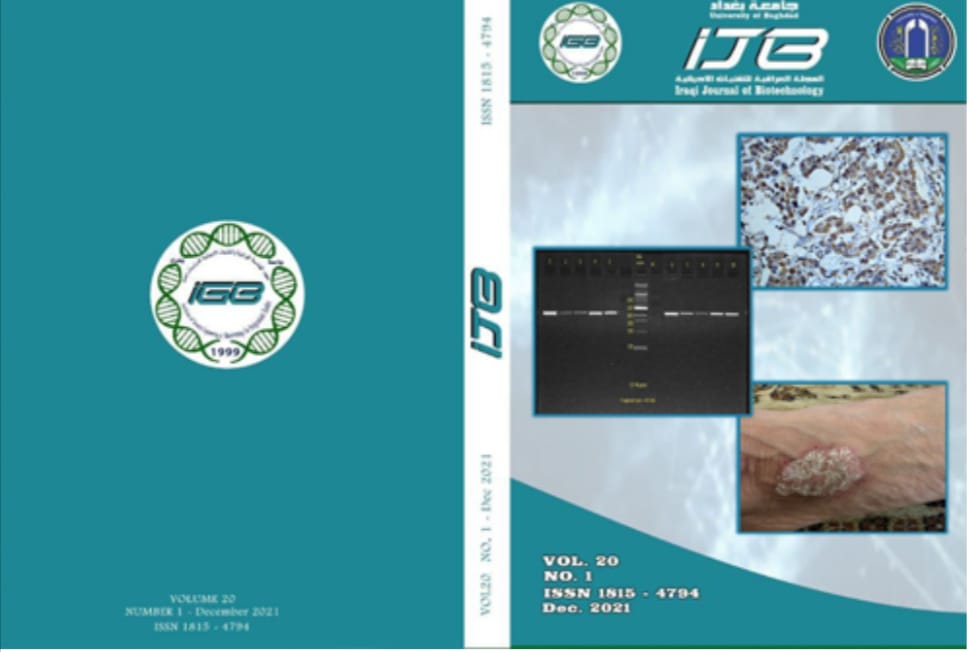Association of Circulating Long Noncoding RNA GAS5 are Associated with Type 2 Diabetes Mellitus
Abstract
Hyperglycemia, or abnormally high blood sugar levels, is a hallmark of diabetes mellitus (DM), a serious metabolic illness caused by the body's incapacity to either create or use insulin as intended. This study was designed investigated the relationship between the expression levels of the long noncoding RNA GAS5 (LNCRNA GAS5) and various biochemical parameters in individuals with type 2 diabetes mellitus (T2DM) compared to a control group of apparently healthy individuals. The study included the collection of blood samples from 50 suspected T2DM patients who attended the AL-Furat General Hospital in Baghdad after medical investigation and 50 apparently healthy individuals as a control group for the period from July 2023 to November 2023. The Serum Biochemical parameters were analyzed after the collection of the sample to observe the changes among T2DM cases and healthy controls. In the present study, the age was classified into three groups 40–50 years, 50-60 years and > 60 years with highly significant differences (p<0.001) in biochemical parameters (RBS, HbA1c and C. peptide). the GAS5 levels were decreased in T2DM calculated ratios for GAS5 gene fold expression in the patients compared to healthy groups were 0.73, and 1.00, respectively were highly significant differences p<0.001. GAS5 expression profiles did not show a significant correlation with clinical parameters, including random blood sugar (RBS) and HbA1c. The ROC analysis revealed the cutoff GAS5 value of the predictive cut-off value of (0.16) Analysis indicated an area under the curve (AUC) of ROC of 0.81 (95% CI: 72.3%, 92.6%) with 74% sensitivity and 88% specificity with. (p≤ 0.001). in distinguishing non-diabetic from diabetic subjects. The positive predictive value is 71.4%. In conclusion, the results of this study indicate that the potential circulating LNCRNA GAS5 expression level is important in the diagnosis and progression pathogenesis of T2DM. The findings highlight the potential utility of GAS5 as a biomarker for distinguishing between diabetic and non-diabetic individuals.


